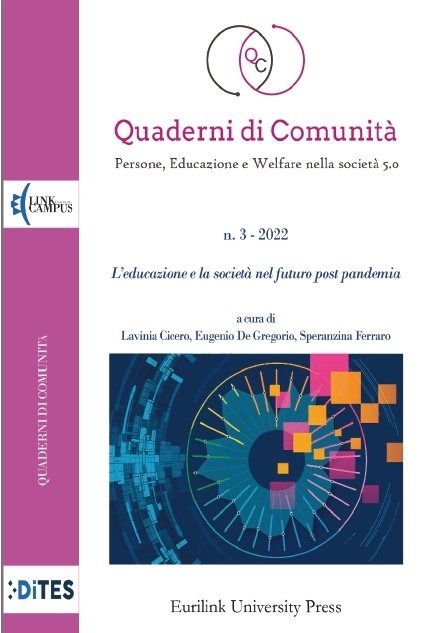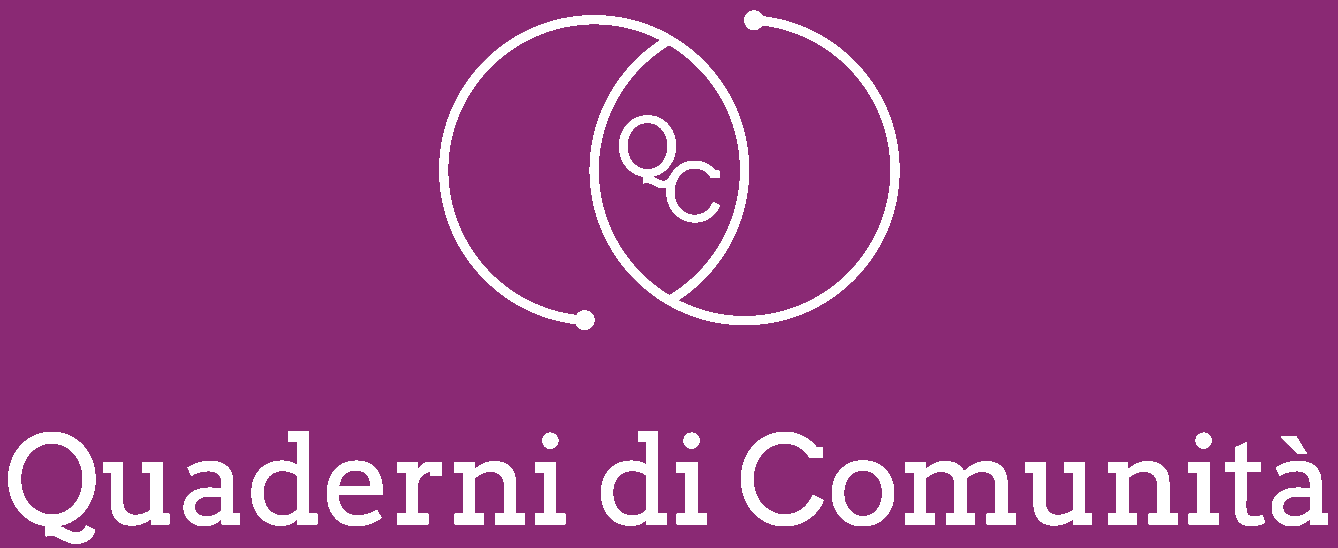No. 3 (2022): Education and society in the post-pandemic future

This issue of Community Notebooks. People, Education and Welfare in the 5.0 society proposes an analysis of the global phenomenon of the Covid-19 pandemic on the educational, psychological and social level, which in addition to the inevitable emergence of contradictions and problematic nodes in the broadest and most important socio-economic contexts, has, however, stimulated processes of adaptation and crisis management, together with opportunities for transformation and innovation across the board: in the broadest communities and institutions, in social groups and, of course, at the individual level. Through the account of the crisis experienced and concrete experiences, it is possible to grasp signs of new perspectives and opportunities, in addition to those tools and resources already present and consolidated, which are beginning to design a new model of sustainable and inclusive development.






